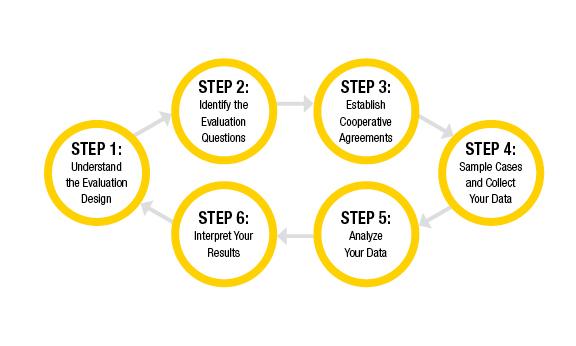Figure 1: The Six Basic Steps of Evaluation
Description
- Step 1: Understand the evaluation design
The first step is to make sure the program fully understands the evaluation design it has chosen. The toolkit provides an in-depth description of each design. - Step 2: Identify the evaluation questions
Sexual assault cases go through multiple stages in the criminal justice system. The toolkit provides a summary of each stage of the process — referral and charging, dismissal, plea bargaining, and trial — and lists relevant evaluation questions. - Step 3: Establish cooperative agreements
The next step is to work with the hospital, if necessary, and the prosecutor's office to reach a mutually agreeable approach for accessing case records. The toolkit offers tips and guidelines for how to approach hospital personnel and prosecutors. - Step 4: Sample cases and collect your data
The toolkit walks programs through four data collection tasks: determining which types of cases will be included in the evaluation, identifying cases that meet the requirements, drawing a sample of these cases, and collecting prosecution outcomes for the sampled cases.[1] - Step 5: Analyze your data
Analyzing a large amount of data can be intimidating. To make this step less daunting, the toolkit provides a pre-programmed Microsoft Excel file that performs all of the analysis. The program simply enters the collected information and clicks a button. The computer will then automatically run the calculations and create graphs to illustrate the results. - Step 6: Interpret your results
The program is now ready to interpret the evaluation results. The toolkit offers guidance on how to look at the percentages for each outcome category and compare them to published rates.
Notes
[1] The evaluation process is designed to respect patient privacy. The toolkit offers specific recommendations for what programs can do to maintain confidentiality and privacy when collecting data.


